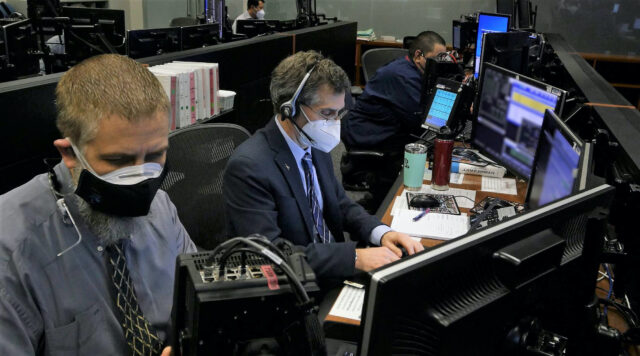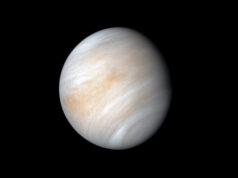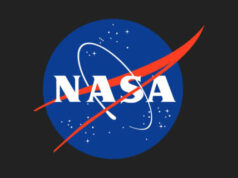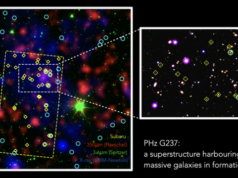Space Station Mission Simulation is a success. Past years were not good for Boeing at all. The company’s flagship airliner 737 Max series of crashes followed by the set of nonconformities in the Starliner, their next-generation crew capsule during its demo mission to the International Space Station unveiled serious management problems inside the organization. It’s time for the rebirth of the legend.
- NASA and Boeing recently completed an integrated mission dress rehearsal of Starliner’s uncrewed Orbital Flight Test-2 (OFT-2) mission to the International Space Station for NASA’s Commercial Crew Program.
- The campaign conducted largely inside Boeing’s Houston-based Avionics and Software Integration Lab (ASIL) culminated in a five-day end-to-end mission simulation known as the ASIL Mission Rehearsal, or AMR.
“The AMR is one of many examples of Boeing’s commitment to flying NASA astronauts as safely as possible,” said Chad Schaeffer, commercial crew software certification manager. “The joint Boeing and NASA system and software teams have worked very closely to prepare for the OFT-2 mission, including building stronger relationships and improved processes that are paying dividends for our commercial crew missions.”

Mission operation teams inside flight control rooms at Johnson Space Center in Houston commanded the simulation using actual flight procedures. The run for record began 26 hours before launch and continued through docking, space station quiescent operations, 32 hours of power up procedures ahead of undocking, then landing and power down.

Credits: Boeing
NASA astronauts Barry “Butch” Wilmore and Mike Fincke monitored every dynamic event from inside the lab using crew displays connected to the simulator. Wilmore and Fincke will fly aboard Starliner’s Crew Flight Test along with NASA astronaut Nicole Mann. Launch control teams at Boeing’s Mission Control Center in Florida participated in the rehearsal along with United Launch Alliance (ULA), which supported onsite in Houston after testing Starliner’s hardware inside its own Denver-based integration lab earlier this year.
“I can feel that on the NASA/Boeing team, there is a deep passion for spaceflight and doing what it takes to have a successful mission,” said NASA astronaut Mike Fincke. “I am glad to be on this team.”
Find your dream job in the space industry. Check our Space Job Board »
An AMR will be conducted before every future flight serving as an additional confidence and integration test recommended by the NASA/Boeing Joint Independent Review Team as a result of Starliner’s first test flight. With the conclusion of the AMR, all the review team’s recommended actions relating to Starliner software are complete and pending closure by NASA. Boeing and NASA will continue supporting post-test reviews and updating the software to include lessons learned from the AMR campaign.
“We’re feeling very confident in the software with the success of end-to-end testing,” said John Vollmer, Starliner program manager. “This campaign is about more than just our next mission. We’re working to ensure the safety and success of all future Starliner flights for NASA and every commercial customer to come.”











